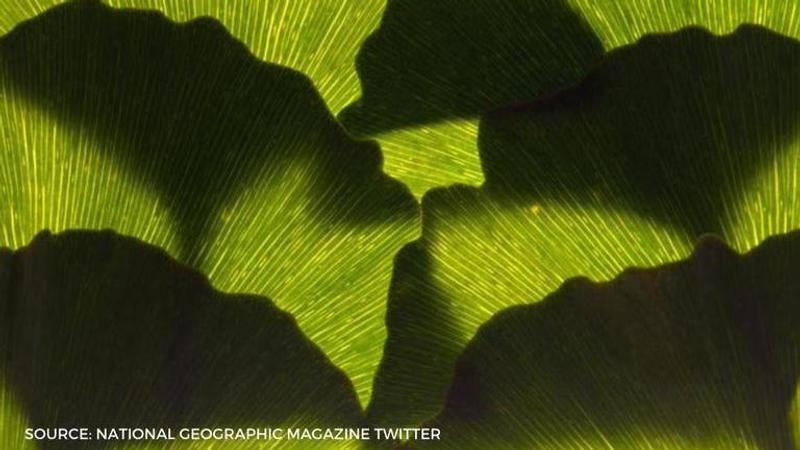Published 19:13 IST, December 10th 2020
Gingko biloba, the living fossils, were saved from extinction because of human cultivation
The ginkgo trees, which have existed for nearly 200 million years and were on the verge of extinction. Read this article to know how they were saved.

The ginkgo trees, which are scientifically known as Gingko Biloba, are again returning to the streets of Manhattan and Washington, D.C. and in Seoul and Paris. The ginkgo trees are also called "living fossils" as they have existed for nearly 200 years.
What is a gingko biloba tree?
According to National Geographic, it is a tree that is the only living species from the Ginkgoaceae family. They are ancient palm-like trees that are different from the modern tree and plant species that are seen today.
These ginkgo trees are a modern version of Ginkgo Biloba which has existed for the past 60 million years. The trees have their ancestors from the past 170 million and even from the Jurassic era. This information was obtained after a scientist found ginkgo fossils from north Dakota.
The ginkgo trees are either male or can be a female. When the air carries the sperm from a male tree and the pollen reaches a female tree and its flowers, fertilization occurs. This way, the ginkgo trees reproduce.
According to a paper published in JioBotany journal, the ginkgo trees often show signs of changing their sex and the males can become females on certain occasions. But, there is no clear information on this matter. Another journal published on the ginkgo trees on 11th September 2015 also showed that the ginkgo sperm has nearly one thousand flagella.
This same research published by Harvard University also stated that a Japanese botanical research illustrator Sakugoro Hirase found a lot of information about the ginkgo Biloba tree lifecycle.
Why did ginkgo trees become extinct in the past?
The Gingko Biloba trees started to become extinct at least 130 million years ago. During this time, the climate of the earth began to change, and more plants with new flowers and seeds were being born due to the environment.
How were they saved?
According to an interview with Peter Crane on National Geographic, the Gingko Biloba trees started to become extinct as the climate changed drastically. Crane also added that humans have managed to save the trees from extinction and the ginkgo trees are now more common in the U.S. and the rest of the world.
The species was thought to be extinct until a species was found in Western China. According to a report published by Research Gate, a wild population was found in Dalou mountains, China. Hence, there were indeed living ginkgo trees besides the fossilized once found in North Dakota.
The stinky female seeds were what encouraged humans to cultivate the Gingko trees. The toxic outer layer of butyric acid holds the edible seeds of ginkgo trees. According to Peter Crane, humans from an era 100 years ago might have discovered the edible seeds below the sticky flesh of the ginkgo trees in China. They might have started planting the trees to consume the seeds.
Updated 19:13 IST, December 10th 2020



